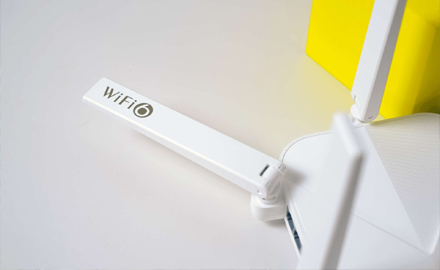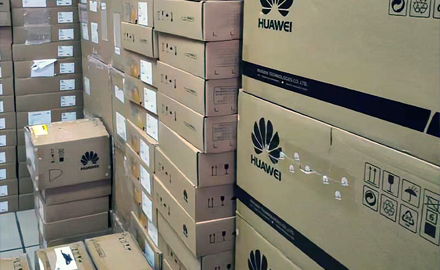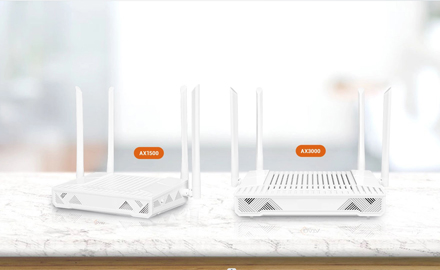FTTH advantage is mainly 5 points: First, it is a passive network, from the central office to the user, the middle can basically be passive; Second, its bandwidth is relatively wide, long-range exactly in line with the operator. Third, because it is carried on the fiber in the business, so there is no problem. Fourth, because of its wide bandwidth, support the agreement is more flexible; Fifth, with the development of technology, there is no need for a large number of applications, Including point-to-point, 1.25G and FTTH have developed a more perfect way of function.
In the optical access family, there are FTTB (Fiber To The Building) fiber to the building, FTTC (Fiber To The Curb) fiber to the roadside, FTTSA (Fiber To The Service Area) fiber to the service area and so on.
The fiber is directly connected to the user's home, its bandwidth, wavelength and transmission technology types are not limited, suitable for the introduction of new business, is the ideal business transparent network, is the final development of access network.
Although the speed of development of mobile communication is astonishing, but because of its limited bandwidth, the terminal volume can not be too big, the display screen is limited and so on, people still pursue the fixed terminal with relative superiority performance, also hope to realize fiber to the home. Fiber to the home of the charm is that it has great bandwidth, it is resolved from the Internet backbone to the user's desktop, "the last mile" bottlenecks the best solution.
This kind of optical fiber communication method and strategy are different from FTTN (fiber to the node), FTTC (fiber to the curb), HFC (hybrid fiber-coaxial) and so on, they all need to rely on the traditional metal wire, including twisted pair and Coaxial cable, for "last mile" of information transmission.
 The Difference Between AX1800 ONU and AX3000 ONU
The Difference Between AX1800 ONU and AX3000 ONU
 How are Huawei OLTs Classified?
How are Huawei OLTs Classified?
 The Future Trend of Optical Line Terminals (OLTs)
The Future Trend of Optical Line Terminals (OLTs)
 The Difference Between ONU and ONT
The Difference Between ONU and ONT